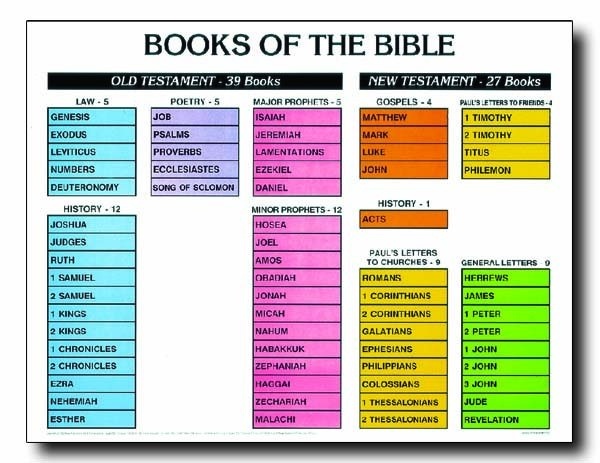
3 Traites for Leadership: 20 Habits to Build Your Leadership On
H3 Leadership by Brad Lomenick is the result of experience and a lot of reflection. And we would be foolish not to benefit from it.
When he reflected on the habits that propelled him forward he came up with twenty and organized them around 3 important questions every influencer must ask:
HUMBLE: Who am I?
HUNGRY: Where do I want to go?
HUSTLE: How will I get there?
The answers to these questions help you to become a change agent. And the habits associated with each of these questions create the playbook for your leadership journey. Lomenick says that your leadership success if built upon habitual work. “It is worked out every day in the tasks we complete, the ways we approach our work, and the rhythms we nurture in our lives. It hangs on the hooks of the patterns we create, not just the success we may stumble upon.”
Most of the actions we take during the day are habits. So we must be intentional about what habits we develop and why.
In brief, here are the twenty habits with Lomenick’s comments:
HUMBLE [Who am I?]
Self-Discovery: Know who you are
“Developing a habit of self-discovery means creating intentional rhythms whereby one observes who he is, listens to his life, and strives to define himself apart from his professional assignments. This habit helps a leader connect to an organization without being consumed by it.”
Openness: Share the real you with others
“People would rather follow a leader who is always real versus a leader who is always right.”
Meekness: Remember it’s not about you
“Meekness is not weakness. It’s power under control. It’s ambition grounded with humility and lived out in confidence, not arrogance.”
Conviction: Stick to your principles
“Your private life determines your public legacy.” And consider this: “Most leaders assume they know what their most closely held convictions are, a false assumption that keeps them from ever naming them.”
Faith: Prioritize your day so God is first
“A habit of faith is that one thing you can’t afford to not have on the journey. It reminds you that there is a bigger story of which yours is only a part.”
Assignment: Live out your calling
“There is a marked difference between a calling and an assignment, and failing to recognize it is a one-way ticket to the frustration station.”
HUNGRY [Where do I want to go?]
Ambition: Develop an appetite for what’s next
“Never satisfied, but always content is the posture of a properly ambitious leader.”
Curiosity: Keep learning
“If you’re not learning, you’re not leading to your full potential.” He recommends: “Find people who are so different they make you uncomfortable, and then spend more time with them than you’d prefer to.”
Passion: Love what you do
“If you do not nurture enthusiasm, it will naturally diminish over time. Leaders can’t inspire others unless and until they are inspired themselves. Your team feeds off your energy, for better or worse. Leaders are organizational health risks or assets.”
Innovation: Stay current, creative, and engaged
“The first step to developing this habit is realizing that innovation in part has nothing to do with you; rather, it is determined by those you have around you.”
Inspiration: Nurture a vision for a better tomorrow
“A habit of inspiration is nurtured in the casting, not just the crafting of vision.”
Bravery: Take calculated risks
“Life begins at the end of your comfort zone.”
HUSTLE [How will I get there?]
Excellence: Set standards that scare you
“The goal is to set and standard that scare you to death and then continue trying to raise that standard. Excellence is ultimately about effort. Excellence requires always being one step ahead.”
Stick-with-it-ness: Take the long view
“My friend Robert Madu says it this way: In a culture where quitting is normal, be crazy enough to stay committed, foolish enough to be faithful, and stupid enough to stick with it!”
Execution: Commit to completion
“Some of us need to put down the megaphone and just grab a shovel. Little less talk, and a lot more action.”
Team Building: Create an environment that attacks and retains the best and brightest
“If you combine a positive work environment with regular delightful experiences, you’ll take a giant step toward raising up a dream team.”
Partnership: Collaborate with colleagues and competitors
“A habit of partnership means that as a leader you are willing to come to the end of your organizational self and see a bigger vision and picture beyond just what you’re working on. Be willing to sacrifice for someone else’s benefit. True collaboration involves giving as much as getting.”
Margin: Nurture healthier rhythms
“The goal of my reordering was not just to create a better schedule, but to create margin. The more margin in your life, the more room you have to let your rhythms run. Margin is a powerful habit. It creates opportunities.”
Generosity: Leave the world a better place
“Whatever you possess—the classic formulation is ‘time, treasure, talent’—should be given away liberally and not hoarded. This is what a habit of generosity looks like, and it is one of the best ways to ensure you’ll leave the world a better place than you found it. For me it always begins and ends around the issue of stewardship, which describes the act of watching over someone else’s things. It helps remind me that I am not he owner, but only the manager of all I have.”
Succession: Find power in passing the baton
“Too many leaders grab their jobs with an unrelenting death grip. But part of every influencer’s responsibility is to boldly build something magnificent and then humbly hand it off to others. The best way to shore up your legacy is to effectively hand it off to your successors.”
Great material to go back to again and again.






